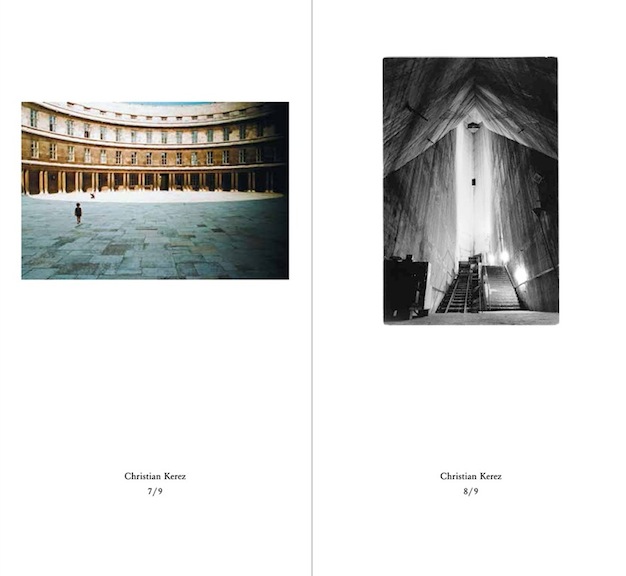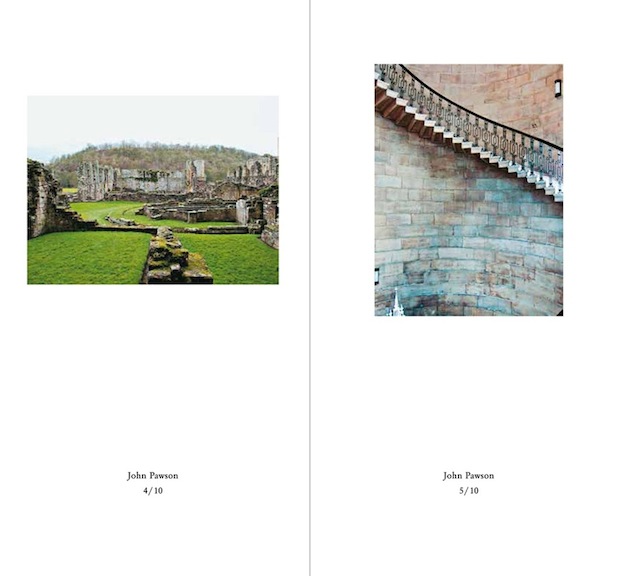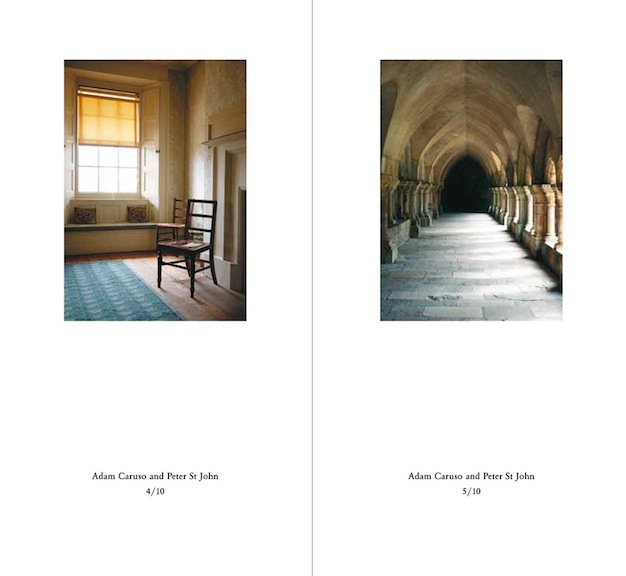Most of us have stood in awe in front of a landmark building, but how many of us have wondered what went on in the heads of the architects behind those iconic structures?
What, for example, was the inspiration behind Frank Gehry’s “Dancing House” building in Prague? Did Gehry actually think about Fred Astaire and Ginger Rogers? Did William F. Lamb, the architect of the Empire State Building, imagine King Kong atop its spire?
Such are the types of questions that caused Swiss architect Valerio Olgiati, the editor of “The Images of Architects,” to ask 44 of the world’s most renowned architects what kinds of images reside in their heads when they think about architecture.
In attempting to discern what lingers in the architect’s imagination, Olgiati asked his chosen architects to send him the images that revealed the basis of their work and the origins of their architecture.
In response, each of the 44 architects sent Olgiati up to 10 images that explained the autobiographical roots of their oeuvre. The resultant 424-page volume, beautifully bound in a thread-stitched cloth binding of royal purple, is a stunning collection of 335 color and black-and-white illustrations, pictures, photographs, and sketches, which are also, ultimately, metaphors for the splendors of architecture.
One of the more remarkable qualities of “The Images of Architects” is the absence of explanation or analysis. Instead, the small images are offered with only the architect’s name. In essence, each of the architects has curated a “musée imaginaire” with up to ten “icons” in each personal gallery.
As Olgiati attests, “As individual collections, [the images] present a personal view of an individual world, while as a whole they provide a universal view of the perceptible origin of contemporary architecture.”
The 44 architects include Peter Eisenman, Jacques Herzog and Pierre de Meuron, Arata Isozaki, Richard Meier, John Pawson, Robert Venturi, Roger Diener, and Richard Rogers, the latter two of whom chose a single image to reflect the origins of their work.
The journey through the architects’ imaginations includes urban forays, fantastical locales, primeval forests, familiar artworks, open windows, Renaissance staircases, loggias, galleries, crowded waterways, celestial maps, thatched roofs, islands, bays, rock formations, campaniles, and doors. According to Olgiati, “They show the roots of architecture…conscious and unconscious.”
In short, nothing less than the entire world and the galaxies beyond are the realms from which the architects draw inspiration for those structures that illuminate our quotidian world.
A wander through “The Images of Architects” is a reminder of the joys of architectural creation in its many manifestations.








